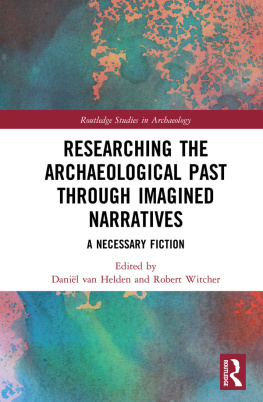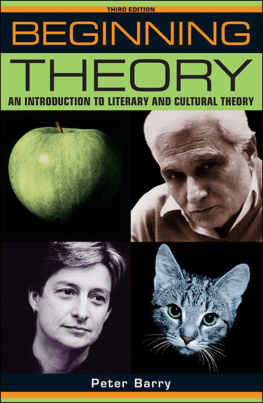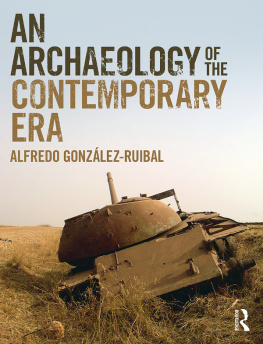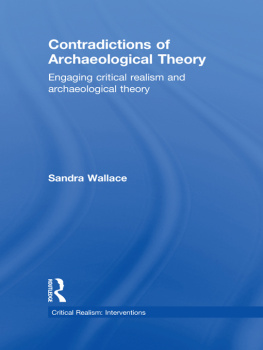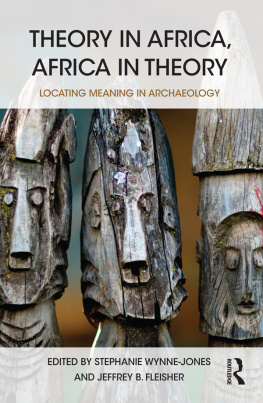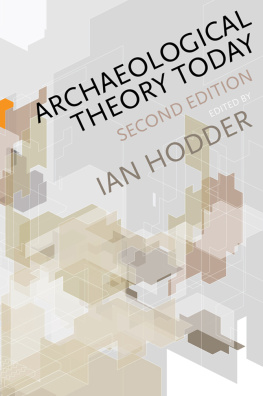Reading the past
The third edition of this classic introduction to archaeological theory and method has been fully updated to address the burgeoning of theoretical debate throughout the discipline. Ian Hodder and Scott Hutson argue that archaeologists must bring to bear a variety of perspectives in the complex and uncertain task of constructing meaning from the past. While remaining centred on the importance of hermeneutics, agency and history, the authors explore cutting-edge developments in areas such as post-structuralism, neo-evolutionary theory and whole new branches of theory such as phenomenology. With the addition of two completely new chapters, the third edition of Reading the Past presents an authoritative, state-of-the-art analysis of contemporary archaeological theory. Also including new material on feminist archaeology, historical approaches such as cultural history, and theories of discourse and signs, this book represents essential reading for any student or scholar with an interest in the past.
Professor Ian Hodder is Dunlevie Family Professor in the Department of Cultural and Social Anthropology at Stanford University, and a Fellow of the British Academy.
Scott Hutson is affiliated with the Archeological Research Facility, University of California, Berkeley.

Reading the past
Current approaches to interpretation in archaeology
Third edition
Ian Hodder
and
Scott Hutson


University Printing House, Cambridge CB2 8BS, United Kingdom
Cambridge University Press is part of the University of Cambridge.
It furthers the Universitys mission by disseminating knowledge in the pursuit of education, learning and research at the highest international levels of excellence.
www.cambridge.org
Information on this title: www.cambridge.org/9780521821322
Cambridge University Press 2003
This publication is in copyright. Subject to statutory exception and to the provisions of relevant collective licensing agreements, no reproduction of any part may take place without the written permission of Cambridge University Press.
First published 1986
Reprinted 1987, 1988, 1989
Second edition 1991
Reprinted 1992, 1993, 1994, 1995, 1997, 1999, 2001
Third edition 2003
10th printing 2014
Printed in ithe iUnited iKingdom iby Clays, StiIvesiplc
British Library Cataloguing in Publication data
Hodder, Ian and Hutson, Scott
Reading the past: current approaches to interpretation in archaeology. 3rd edn
1. Archaeology
I. Title
930.1
Library of Congress Cataloguing in Publication data
Hodder, Ian and Hutson, Scott
Reading the past: current approaches to interpretation in archaeology / Ian Hodder and Hutson, Scott. 3rd edn
p. cm.
Includes bibliographical references and index.
ISBN 0 521 82132 0 (hardback) ISBN 0 521 52884 4 (paperback)
1. ArchaeologyPhilosophy. 2. ArchaeologyMethodology. I. Title.
CC72.H62 1991
930.1'01dc20 90-40406 CIP
ISBN 978-0-521-82132-2 Hardback
ISBN 978-0-521-52884 -9 Paperback
Cambridge University Press has no responsibility for the persistence or accuracy of URLs for external or third-party internet websites referred to in this publication, and does not guarantee that any content on such websites is, or will remain, accurate or appropriate.
To Meg
Contents
Preface to the first edition
In some ways I am surprised that a book of this nature, discussing widely varying theoretical approaches to the past, can be written. In an important article, David Clarke (1973) suggested that archaeology was losing its innocence because it was embracing, in the 1960s and 1970s, a rigorous scientific approach, with agreed sets of procedures, models and theories. The age of unreflecting speculation was over.
However, archaeologists have always claimed to be rigorously scientific. Indeed, I argued (Hodder 1981) that archaeology would remain immature as long as it refused to debate and experiment with a wide range of approaches to the past. In grasping positivism, functionalism, systems theory and so on, and setting itself against alternative perspectives, archaeology remained narrow and out-of-date in comparison with related disciplines.
But over recent years, alternatives have emerged, largely from the European scene (Renfrew1982), and one can now talk of Marxist and structuralist archaeology, as well as of processual, positivist approaches. Certainly such alternatives existed before, on the fringe, but they did not constitute a distinctive approach with a body of practitioners. The older normative and culture-historical schools also continue to thrive today. While many of these developments, and the erosion of the old New Archaeology debates, have far to go, archaeology is now beginning to lose its innocence and is gaining maturity by being fully integrated into wider contemporary debates. This book seeks to capture this new spirit of debate and to contribute to it from a particular point of view.
At the same time, it seems to me that far from becoming submerged within other disciplines, archaeology has, through the wider debate, become better able to define itself as a distinct and productive area of study. The debate picks out the differences from other disciplines as well as the similarities. Archaeology is neither historical nor anthropological. It is not even science or art. Archaeologys increasing maturity allows it to claim an independent personality with distinctive qualities to contribute.
Archaeology no longer has to be new and unidirectional, presenting a unified front. It has the maturity to allow diversity, controversy and uncertainty. From catastrophe theory to sociobiology, it is all being applied to the archaeological past. But through this onslaught a more reasoned genre emerges, recapturing the old and redefining the new to form a distinctive archaeological enquiry.
It has become difficult for any one person to grasp the variety of approaches now present in the discipline, and this is my excuse for the inadequacies in my own account. In particular this difficulty contributes to the limited coverage given here of the approaches offered by ecology or palaeoeconomy. Ecological approaches are examined here in relation to systems theory in , which concentrates on the nature of cultural meanings and on material culture as meaningfully constituted. Where ecological paradigms have contributed to this debate they have been discussed, but the majority of the work which might fall under that heading is outside the scope of this volume.
That this book is possible is due to the explanatory efforts of numerous researchers, some of whose work I have tried to capture and summarize here. I can only thank them for their inspiration and apologize in advance for any inadequacies of understanding on my part. The criticisms that I have made of their work will, I am sure, be returned in good measure.
While some of the ideas described in this volume were aired to a generation of Cambridge undergraduates, the text initially took form as the content of a graduate seminar course at the State University of New York, Binghamton, in the spring of 1984. The group of students and staff was lively, critical and keen to contribute. The text owes much to the members of the seminar. It was tried out on them and it took shape through their enthusiasm. I thank them, and particularly Meg, for the opportunity and the stimulation.
Next page



